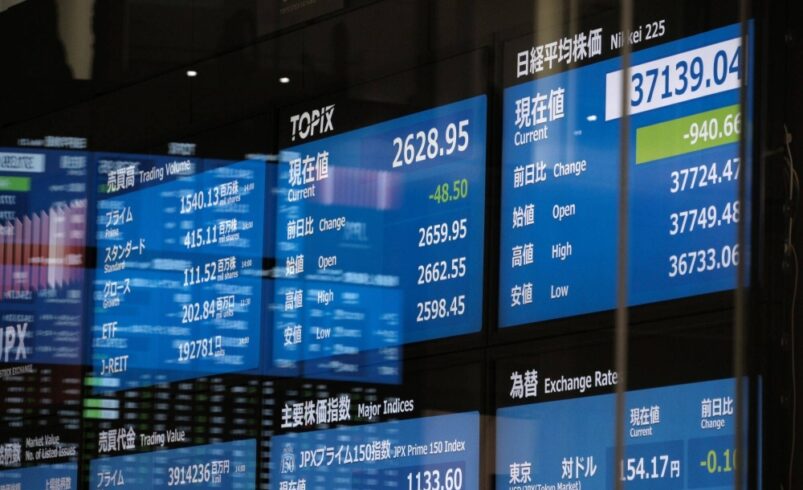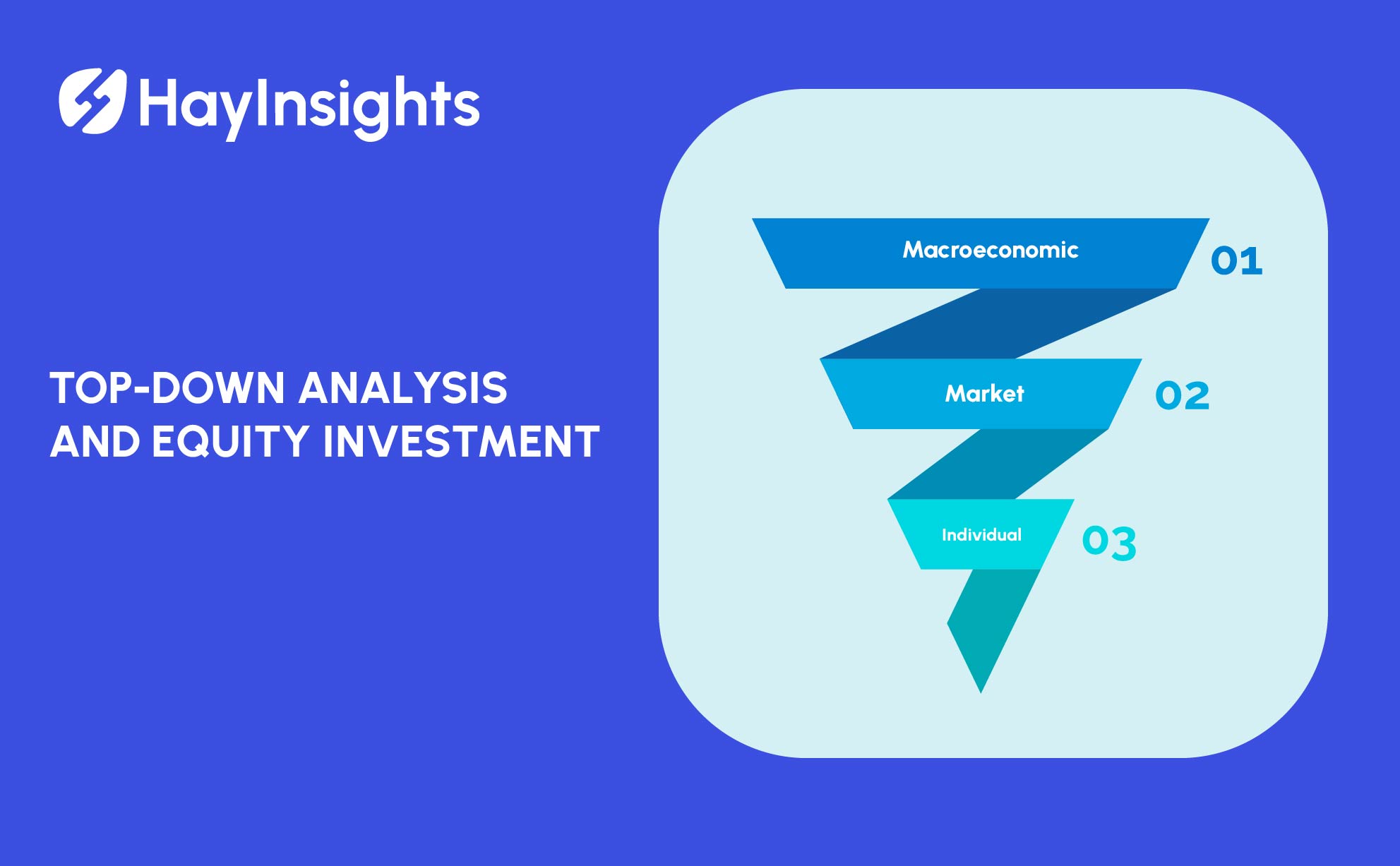
Three Sectors of the Japanese Stock Market
Introduction to the Japanese Stock Market
The Japanese stock market is an essential and dynamic financial ecosystem, presenting diverse investment opportunities across its three main sectors—Prime, Growth, and Standard. This structured approach helps investors from all over the world to navigate through varying levels of company sizes, market capitalizations, and potential for growth. Institutions such as Nomura, one of Japan’s leading securities companies, facilitate access to extensive financial data and expert investment services, playing a crucial role in the market dynamics.
Understanding the Prime Sector
Characteristics of the Prime Sector
The Prime sector of the Tokyo Stock Exchange (TSE) is designated for Japan’s largest corporations, which demonstrate significant financial stability and consistent performance. This sector is most appealing to institutional investors and conservative individual investors who prioritize safety and long-term returns over high-risk ventures. Companies in this sector boast larger market caps and are typically leaders in their respective industries, setting standards in innovation and operational excellence.
Major Stocks and ETFs in the Prime Sector
This sector includes powerhouse companies such as Toyota, which is a global leader in the automotive industry, and Sony, a giant in entertainment and electronics. Both companies not only play pivotal roles in their industries but also offer stable investment opportunities. ETFs tracking the Prime sector, like the Nikkei 225 ETF, provide investors with a broad exposure to these elite companies, simplifying the investment process by offering a single, diversified entry point into Japan’s top-tier market segment.
Exploring the Growth Sector
The Appeal of the Growth Sector
Targeted at ambitious mid-sized companies, the Growth sector captures businesses that are set on a trajectory for rapid expansion and innovation. This sector attracts investors who are in pursuit of higher returns and who are capable of managing a moderate to high level of risk. These companies are often involved in cutting-edge technology, emerging industries, and transformative business models that promise new market opportunities and substantial growth potential.
Examples of Growth Sector Stocks
Rakuten stands out in this sector, showcasing significant growth in internet services and e-commerce. Another example is Fast Retailing, the parent company of Uniqlo, which has revolutionized affordable fashion retail in Asia and globally. Investments in this sector can be effectively managed through sector-specific ETFs that focus on mid-cap companies poised for breakthrough growth.
Deciphering the Standard Sector
Profile of the Standard Sector
Comprised of smaller, often lesser-known companies, the Standard sector is where investors can find potential “hidden gems.” These companies may be smaller in scale but offer unique products or services that have the potential to disrupt the market or become highly profitable niches.
Investment Opportunities in the Standard Sector
This sector is particularly attractive to venture investors and those looking for high-growth potential at a possibly lower entry cost compared to the more established Prime sector stocks. It includes companies like CyberAgent, which specializes in digital advertising and gaming, presenting unique opportunities for growth-oriented investors.
Role of Financial Data in Investment Decisions
Importance of Accurate Financial Data
For investors, accurate and timely financial data is the backbone of successful investment decisions. Securities firms like Nomura provide crucial insights through detailed financial reports, market trends analysis, and predictive modeling, which are indispensable in a market as nuanced as Japan’s.
For ease of analysing these complex financial statistics, head to HayInsights. This AI-powered financial data hub provides comprehensive Japanese stock market data and helps analysing them using an AI Chatbot.
How Investors Use Financial Data
Investors leverage this data to make predictions about future market movements, evaluate the financial health of sectors, and make strategic decisions about asset allocation. Real-time data feeds, year-end summaries, and predictive analytics help paint a clearer picture of where the market is headed, enabling more informed and strategic investment decisions.
Conclusion: Making Strategic Investments in Japan
Investing in the Japanese stock market offers a unique opportunity to engage with a mature yet dynamic financial environment. Understanding the distinct characteristics of the Prime, Growth, and Standard sectors—and utilizing the comprehensive financial data and services provided by firms like Nomura—can significantly enhance an investor’s ability to make informed, strategic decisions. With opportunities ranging from the stable, large-cap stocks of the Prime sector to the high-potential small caps of the Standard sector, Japan’s market caters to a wide array of investment styles and goals.













